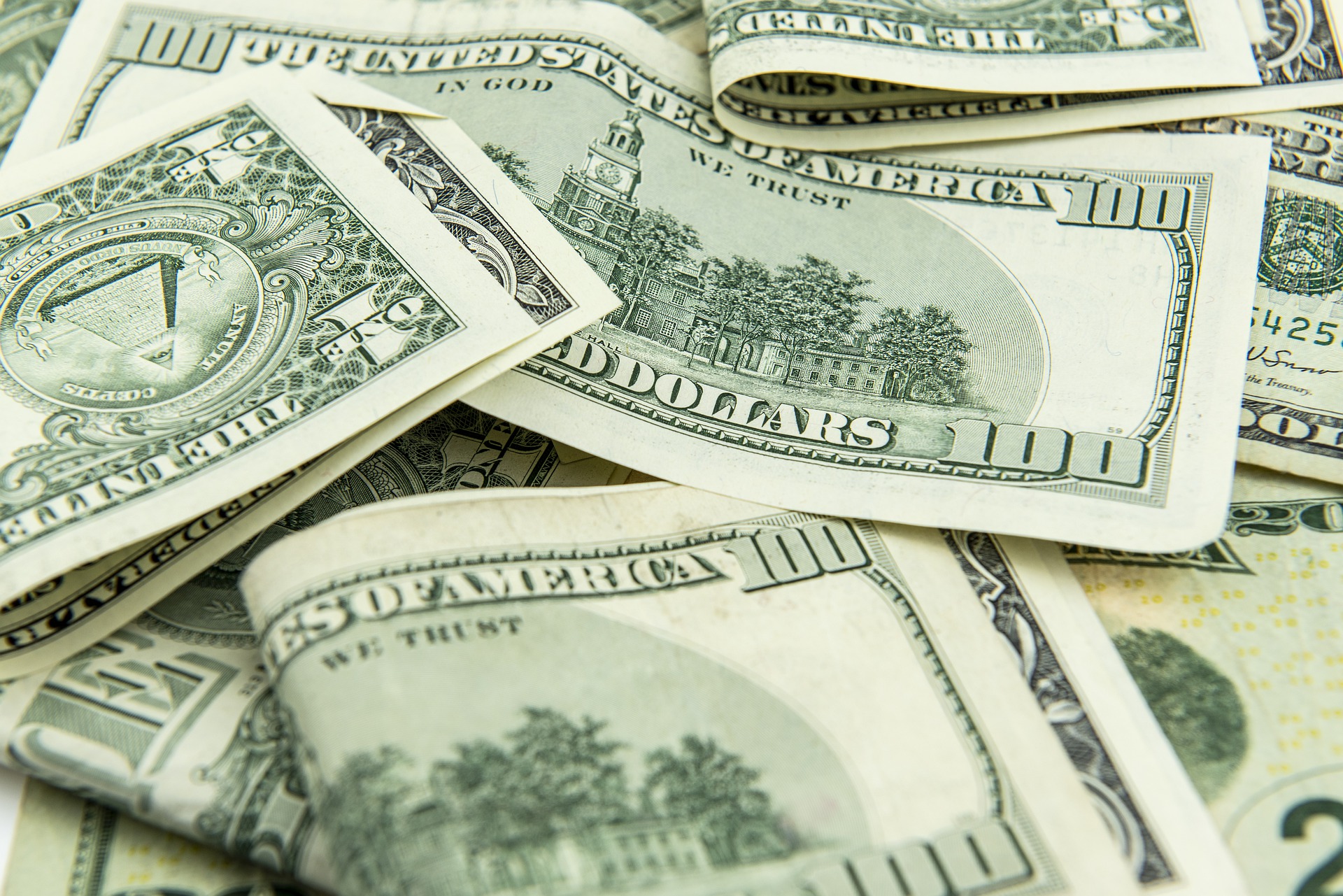
01 Jun What happens to my money if a bank declares bankruptcy?
Photo: pixabay.comQ. If a bank declares bankruptcy, how fast will FDIC insurance up to the allowable limits be paid to the affected depositors?
— Concerned depositor
A. Thank you for your question. We haven’t heard concerns like this since the 2007-2008 financial crisis.
The Federal Deposit Insurance Corporation (FDIC) is an independent agency of the federal government.
The FDIC deposit insurance offers some protection to depositors of a FDIC-insured depository institution, such as a bank or a thrift, by covering any principal plus accrued interest through the date of default, up to at least $250,000, said Deva Panambur, a fee-only planner with Sarsi, LLC in West New York and an adjunct professor of personal finance at Montclair State University.
The FDIC is funded by premiums that covered institutions pay for the insurance offered, he said.
“The insurance amount of $250,000 is per depositor, per FDIC-insured bank, per ownership category,” he said. “Coverage amounts can be more than $250,000 by using different ownership categories such as individual accounts, joint accounts, retirement accounts, trusts, government accounts, employee benefit plan accounts or corporate accounts.”
For example, a joint account in two people’s names, each of who have equal rights of withdrawals, is covered up to $250,000 per person for a total of $500,000, he said.
Although a rare occurrence, if a bank fails, the FDIC pays the insurance amount within a few days, usually the next business day, by either creating a new account at another FDIC insured bank or by issuing a check, he said.
“Sometimes an account, such as ones linked to a trust document or ones that are established by third party brokers, need to be reviewed to determine the insurance amount and this process can longer depending on how long it takes the FDIC to collect all relevant data,” Panambur said.
When a bank fails, he said, the FDIC takes over the institution and liquidates it by selling assets and settling liabilities.
“Deposits exceeding the insurance limit of $250,000 are part of this liability,” he said. “This process of settling liabilities can take much longer and sometimes the depositor with uninsured funds may receive payments periodically, sometimes for years, as the FDIC collects or sells assets.”
Email your questions to Ask@NJMoneyHelp.com.
This story was originally published on June 1, 2020.
NJMoneyHelp.com presents certain general financial planning principles and advice, but should never be viewed as a substitute for obtaining advice from a personal professional advisor who understands your unique individual circumstances.

